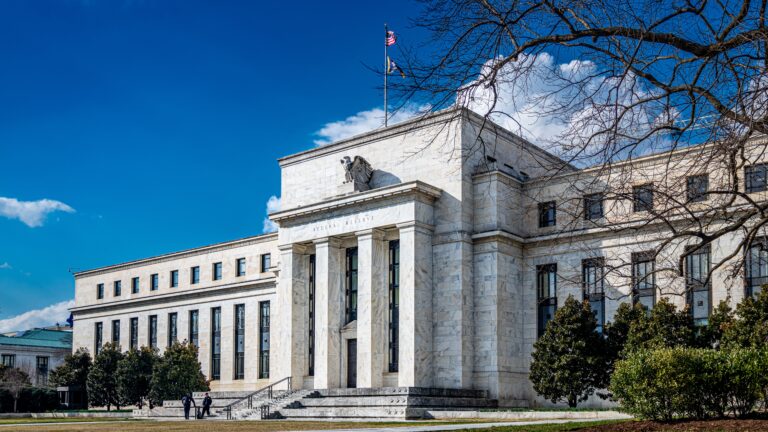

The New Normal of Riskier Mega Banks
Abstract
Global banking authorities’ moves to resolve systemically important financial institutions (SIFIs) may result in first losses being borne by bank creditors in the event of a failure. Under the new resolution authority, size no longer may be an indication of safety for bank credit. Instead, one should look to a bank’s fundamental business condition and financial management, which may warrant a permanent change of behavior in cash investment strategies.
We urge corporate practitioners to take note of the following:
- Creditors to systemically important banks (SIBs) may incur credit losses before governments step in
- Beware of subordinated bank holding company debt
- Commercial paper investors may have an advantage over bond investors
- Depositors in a solvent operating bank subsidiary may not be subject to losses
- Treasury managers may need to consider longer duration or moderately lower credit quality names
Introduction
Exactly a year ago, we wrote about the negative credit ratings trend in large global banks and how the megatrend might impact corporate cash investors. Since that piece was published, the ratings downgrade trend continued as agencies knocked down bank ratings in the U.S., Canada, Australia and Europe.
At the end of 2012, we saw the expiration of a major U.S. government initiative in bank crisis management – the transaction account guarantee (TAG) program. Treasury organizations’ deposits above $250,000 are now fully exposed to the credit risk of the respective bank in addition to any exposures the organization may have through debt instruments, commercial credit, trade finance and derivatives contracts, among others.
Yet, the deterioration of ratings and concentration of bank credit exposure did not seem to fundamentally change how treasury professionals conduct business with the “too big to fail” (TBTF) banks. Except for ratings-based guidelines that prohibit certain banks as counterparties, many firms continue to place deposits, invest in debt instruments and maintain counter-party relationships indiscriminately with them.
In this paper, we will discuss how global banking authorities have moved toward resolving SIFIs in a bankruptcy scenario, with potential losses borne by bank creditors as a part of the plan. We hope to raise awareness that, when it comes to bank credit, size may not be an indication of safety for corporate practitioners and may warrant a permanent change of behavior in cash investment strategies.
DOWNLOAD FULL REPORT
Our research is for personal, non-commercial use only. You may not copy, distribute or modify content contained on this Website without prior written authorization from Capital Advisors Group. By viewing this Website and/or downloading its content, you agree to the Terms of Use.
Please click here for disclosure information: Our research is for personal, non-commercial use only. You may not copy, distribute or modify content contained on this Website without prior written authorization from Capital Advisors Group. By viewing this Website and/or downloading its content, you agree to the Terms of Use & Privacy Policy.

